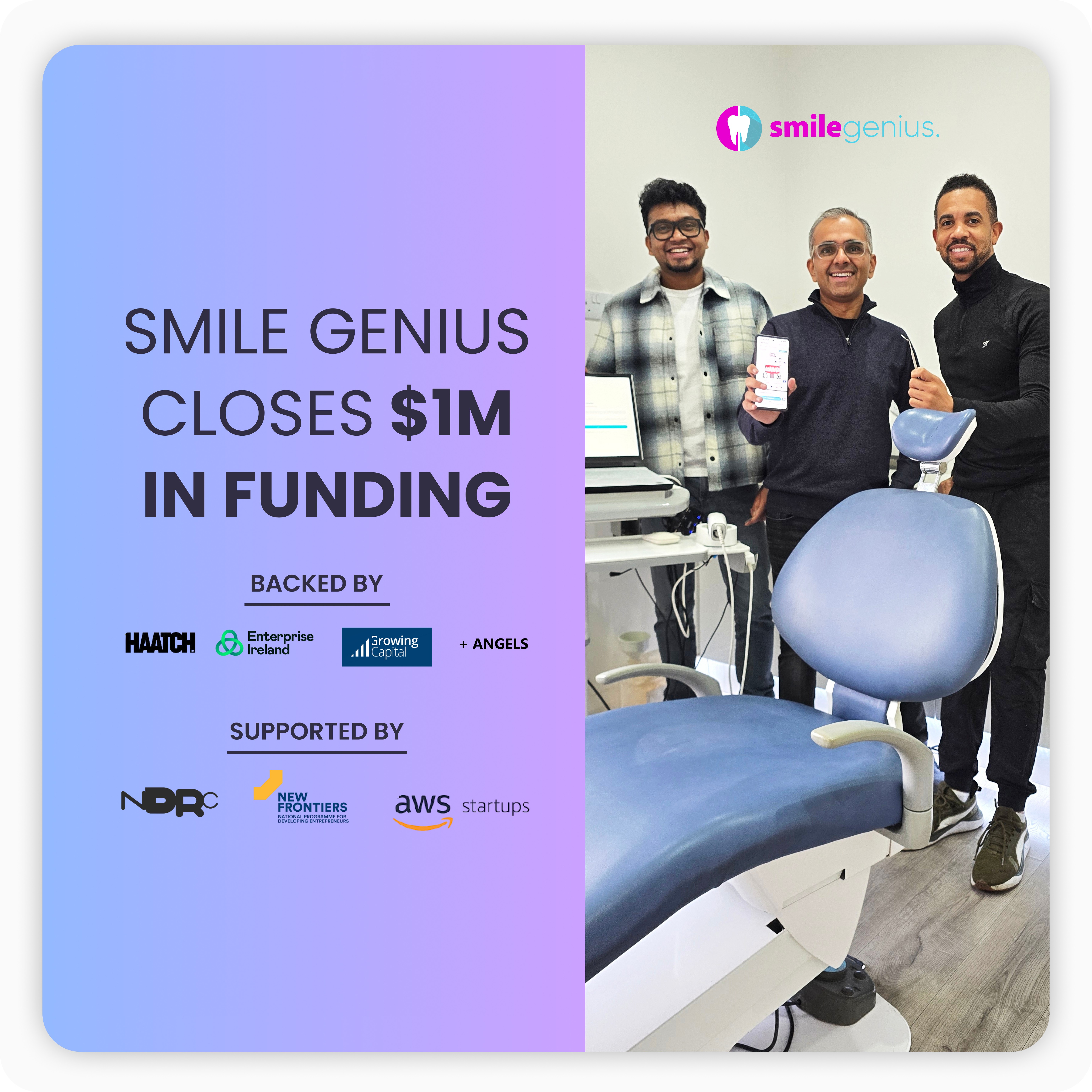Sep 30, 2025
The bigger story behind Dentalcorp’s C$2.2 billion sale
Walk into a local dental clinic, and it feels like a personal experience. The receptionist knows your kids, and the dentist has been treating families for years. What you don’t see is that behind the familiar front desk, ownership might trace back to an investment fund in Chicago or New York.
That’s the reality of modern dentistry. The sale of Dentalcorp this September is the latest reminder. At C$2.2 billion, funds tied to GTCR are acquiring Canada’s largest dental group, paying a 33% premium and taking it private, along with more than 575 clinics. On paper, it’s another big-ticket deal. But the bigger question is: why does private equity continue to circle dentistry, and what actually happens once they invest?
Why Dentistry Pulls in Investors?
Private equity doesn’t throw darts at random industries. Dentistry ticks almost every box investors look for:
Predictable revenue – People may delay cars or holidays in a downturn, but not fillings, braces, or their kids’ checkups. Recurring demand gives dentistry resilience.
Fragmentation – Most practices are still independently owned. For PE, that’s opportunity: buy many, stitch them together, create scale.
Margin upside – Cosmetic and ortho procedures are booming, once considered discretionary but now mainstream. Margins are strong enough to make investors smile.
Operational headroom – Many practices still rely on paper charts and outdated systems. Standardising tech and back-office processes isn’t glamorous, but it can move the profit needle quickly.
For PE firms, dentistry offers the dream combination: stable cash flows, room to grow, and a well-trodden exit path.
What Happens After the Buyout?
The playbook rarely changes:
Buy more – Add nearby clinics to build density.
Centralise – Move HR, billing, and procurement out of the clinic into corporate hubs.
Standardise – Uniform software, shared operating procedures.
Invest in technology – digital platforms, scanner portals, and AI scheduling.
Exit – In five to seven years, consider transitioning to another fund or going public.
It’s less about reinventing dentistry and more about upgrading the plumbing — the infrastructure that supports the patient chair.
Why the Cycle Persists?
Even with higher interest rates, dentistry hasn’t lost its shine. Over 130 PE-backed dental groups now operate in North America, more than in any other healthcare vertical. Deal activity has slowed in the tech sector, but not here. And as financing conditions ease, another wave of consolidation is expected.
Yes, there are criticisms. Too much standardisation can strain dentists' autonomy. EBITDA can take priority over patient care. However, for investors, dentistry is too well-structured to ignore: it features fragmented ownership, recurring revenue, efficiency levers to pull, and clear exits.
The Ripple Effect Beyond the Clinic
Private equity buyouts don’t just reshape ownership — they ripple into labs and suppliers:
Procurement shifts – What was once a handshake with a dentist is now a negotiation with corporate procurement. Scale and price take precedence.
Tech becomes mandatory – Labs are expected to integrate with centralised platforms. No plug-in? No seat at the table.
Margins get tested – Cost control is PE’s DNA. Labs that demonstrate strategic value — including reliable turnaround, analytics, and adaptability — fare better than those that appear commoditised.
Scale creates upside – For those who adapt, a DSO contract can mean steady, predictable volumes that independents rarely deliver.
Final Thoughts
The Dentalcorp sale isn’t just about Canada’s largest dental group. It’s another chapter in a bigger story: dentistry as private equity’s healthcare darling.
For funds, it’s a fragmented, resilient industry waiting to be professionalised and scaled. For dentists, labs, and suppliers, it serves as a reminder that the “local practice” is increasingly a node in a billion-dollar investment strategy. Navigating that reality, knowing where to push back, where to adapt, and where to add value, is becoming just as important as the dentistry itself.
Matt Everatt joins as an advisor to Smile Genius
December 18, 2025
A New Chapter for Dentistry’s Shared Operating Layer
December 16, 2025
Smarter Workflows, Stronger Margins: How Aligner Labs Can Scale Without Sacrificing Quality.
October 15, 2025




